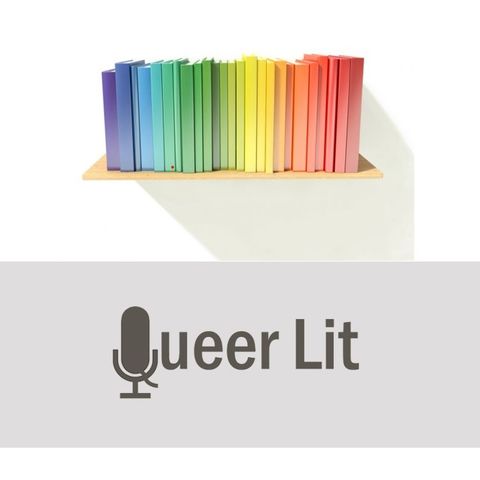“Queer Cities“ with Davy Knittle

Scarica e ascolta ovunque
Scarica i tuoi episodi preferiti e goditi l'ascolto, ovunque tu sia! Iscriviti o accedi ora per ascoltare offline.
Descrizione
Start spreading the news! Dr Davy Knittle joins me for a chat about what queerness has to do with cities, why heteronormative architecture can make life difficult for queer people...
mostra di piùTexts and people mentioned:
Karen Tongson, Relocations: Queer Suburban Imaginaries (NYU Press, 2011)
Robert McRuer, “Compulsory Able-Bodiedness and Queer/Disabled Existence” in Disability Studies: Enabling the Humanities, edited by Sharon L. Snyder, Brenda Jo Brueggeman, and Rosemarie Garland-Thomson. Modern Language Association of America, 2002. 301-308.
George Chauncey, “Privacy Could Only Be Had in Public': Forging a Gay World in the Streets” in Gay New York, Basic Books, 1994. 179-205.
Julie Abraham, Metropolitan Lovers: The Homosexuality of Cities (University of Minnesota Press, 2009)
Trans Wellness Conference: www.transphl.org (@TransPHL)
Thomas Hobbes
Calvin & Hobbes
Eileen Myles, “Hot Night” in Not Me (Semiotext(e), 1991).
Richard Florida, Cities and the Creative Class, (Routledge, 2005).
Dionne Brand, What We All Long For (St. Martin’s Griffin, 2008).
Patjim Statovci, My Cat Yugoslavia, Translated by David Hackston (Pushkin Press, 2017)
Zeyn Joukhadar, The Thirty Names of Night (Simon and Schuster, 2020).
One of many studies on the racial wealth gap in the US: https://www.brookings.edu/blog/up-front/2020/02/27/examining-the-black-white-wealth-gap/
Want to paint the town queer? Why not check out more of Davy’s work here (https://davyknittle.squarespace.com/) and follow me on Instagram and Twitter (@Lena_Mattheis).
Also, Davy was way too humble to mention this but many moons ago he had a conversation with THE Eileen Myles and you can listen to it here: http://jacket2.org/podcasts/not-me-ness-eileen-myles-and-davy-knittle.
Questions you should be able to respond to after listening to this episode:
1. How does Davy define the term city? Can you think of different ways to define it?
2. Please give an example of heteronormative architecture or urban planning from your own life. How does this example affect queer living? How does it affect other marginalized people who do not identify as queer?
3. What is Richard Florida’s gay index? Why is it problematic?
4. What does Davy say about the relationship between literary and urban studies?
5. Can you think of an example of a queer text, film or series that depicts urbanity as central to queer life?
Informazioni
| Autore | Lena Mattheis |
| Organizzazione | Lena Mattheis |
| Sito | - |
| Tag |
Copyright 2024 - Spreaker Inc. an iHeartMedia Company

Commenti